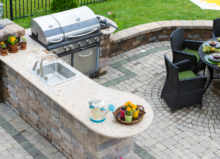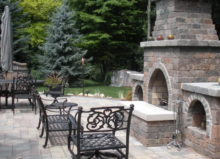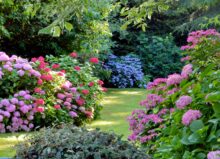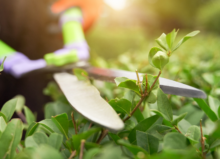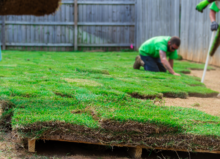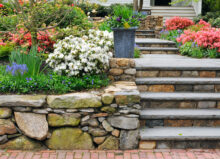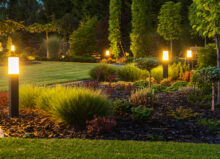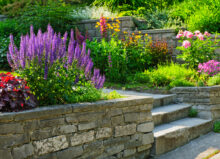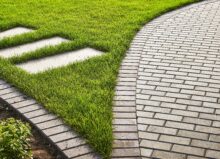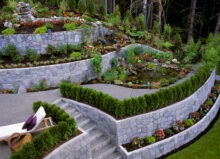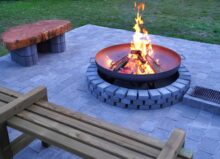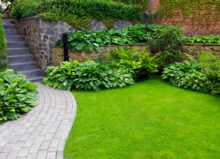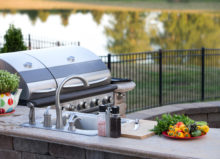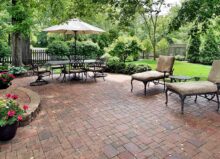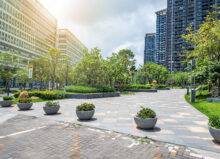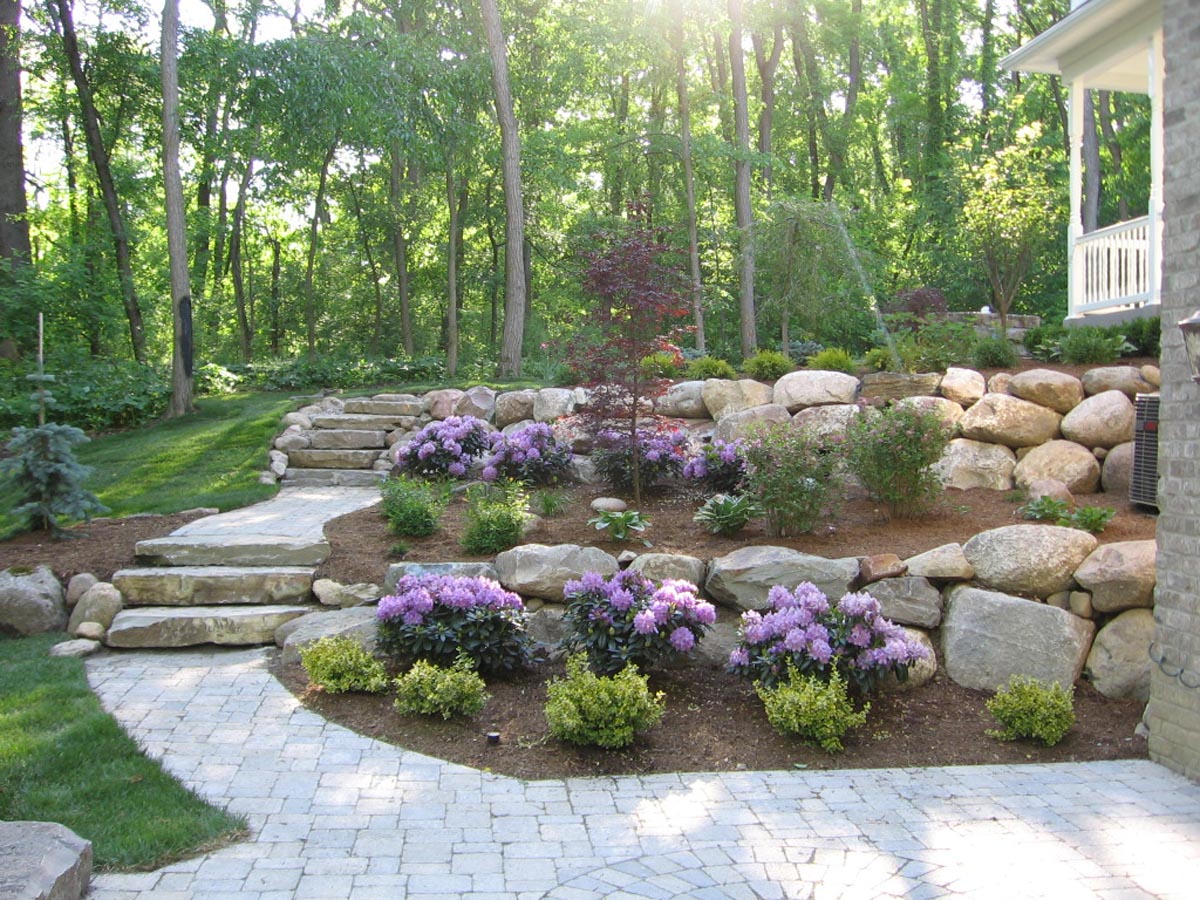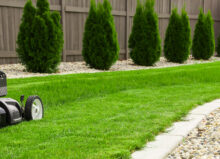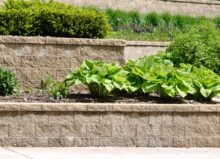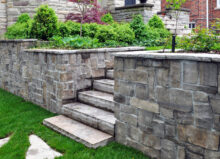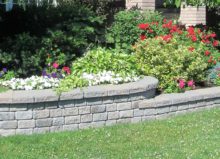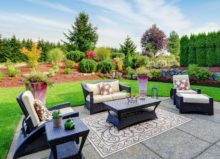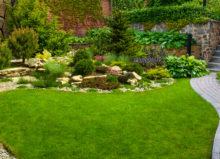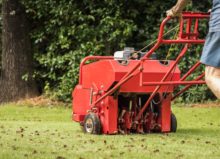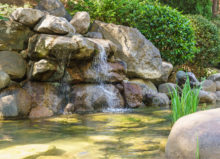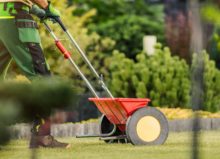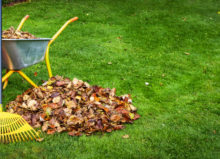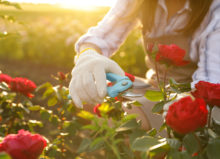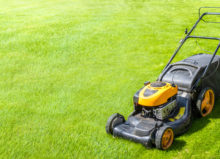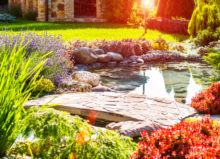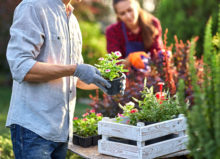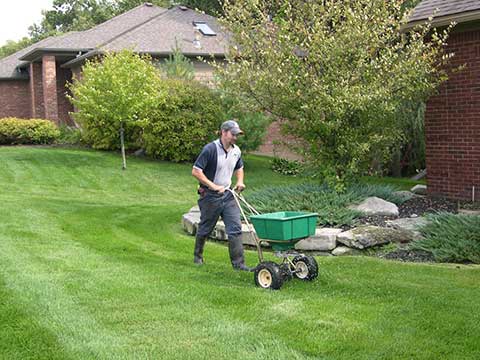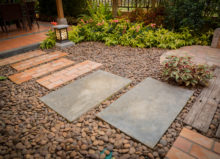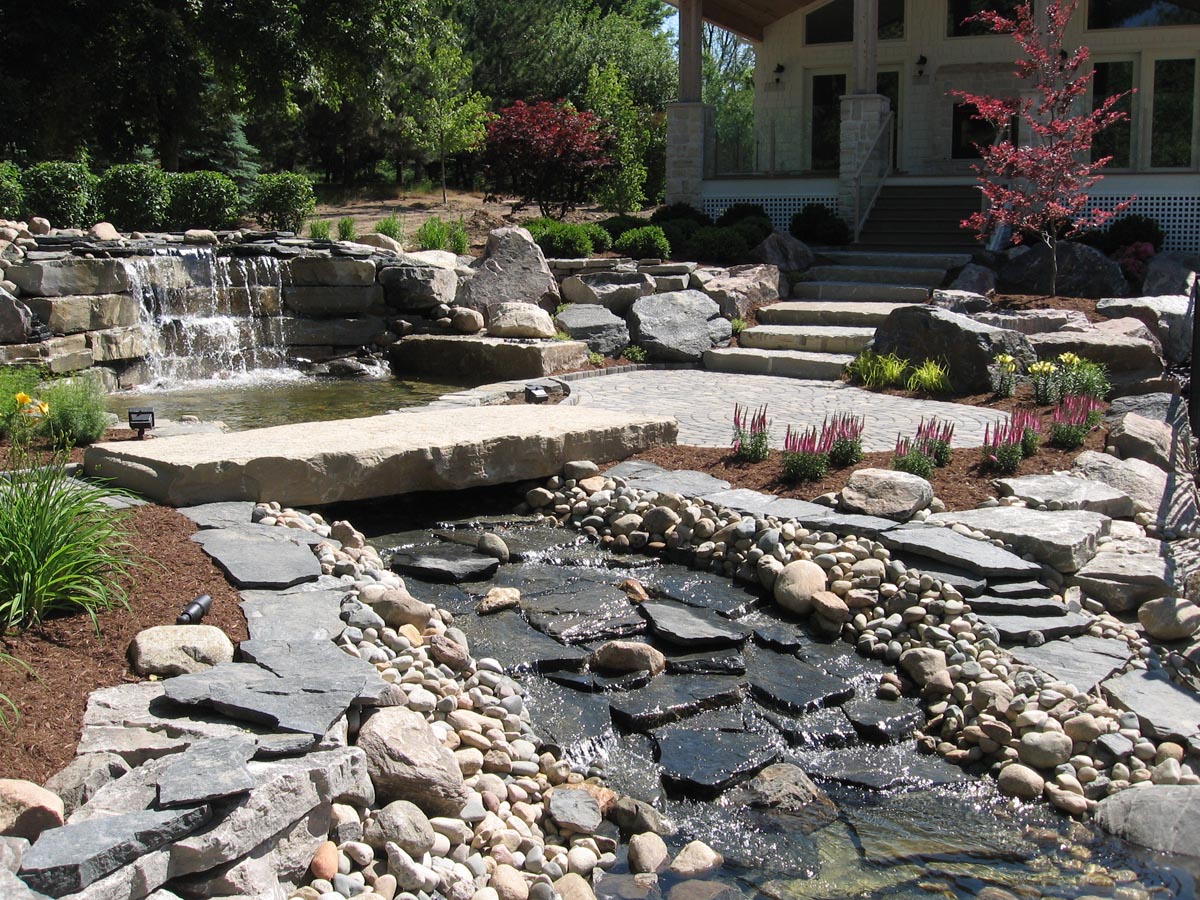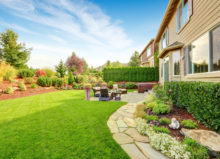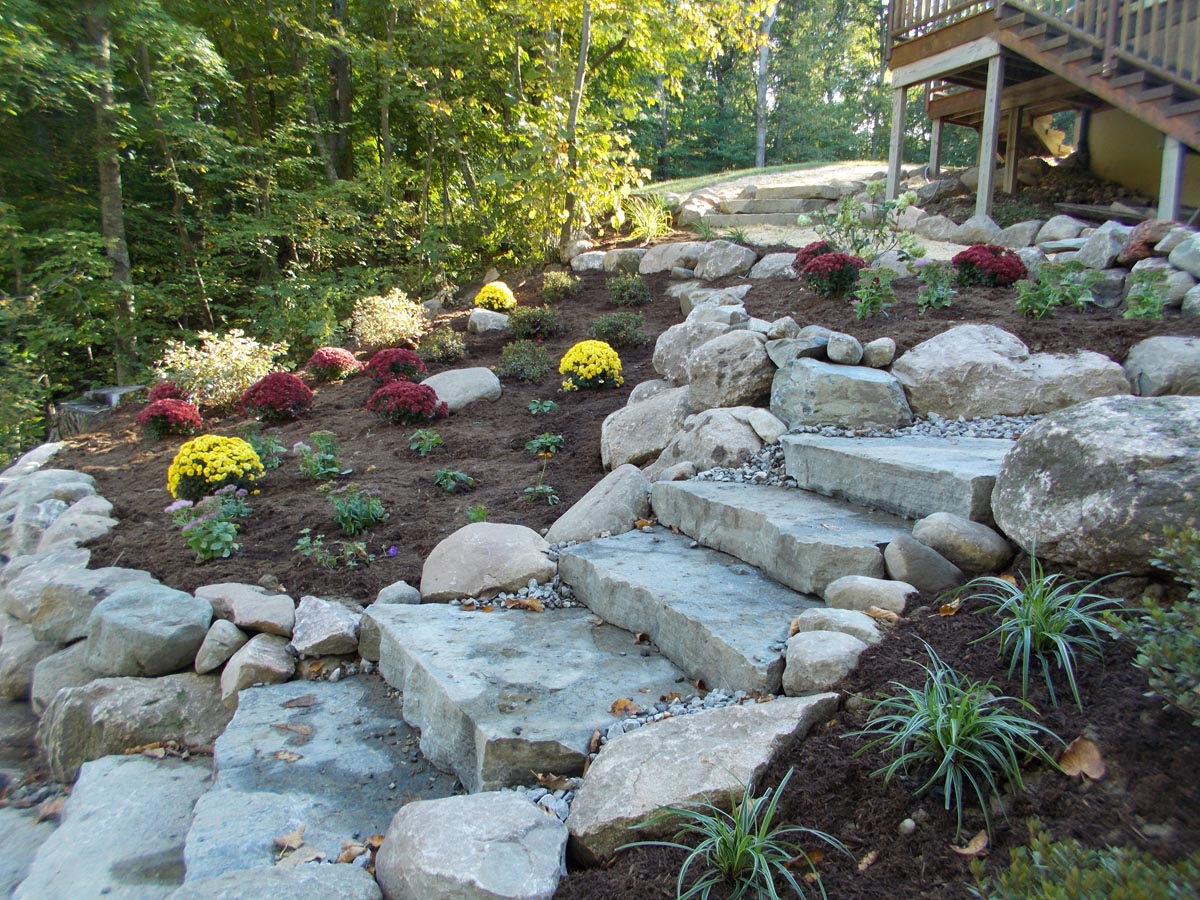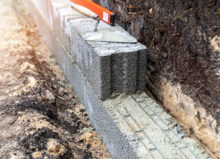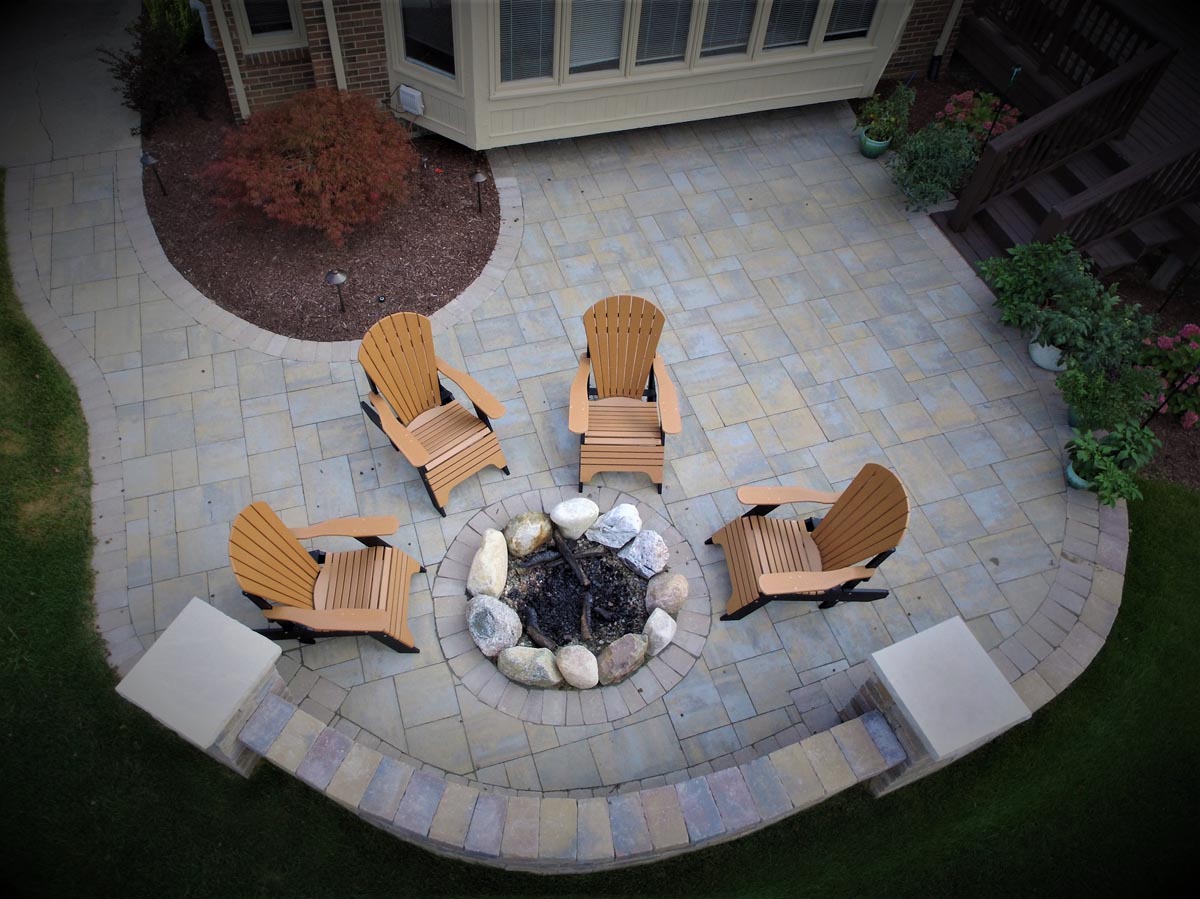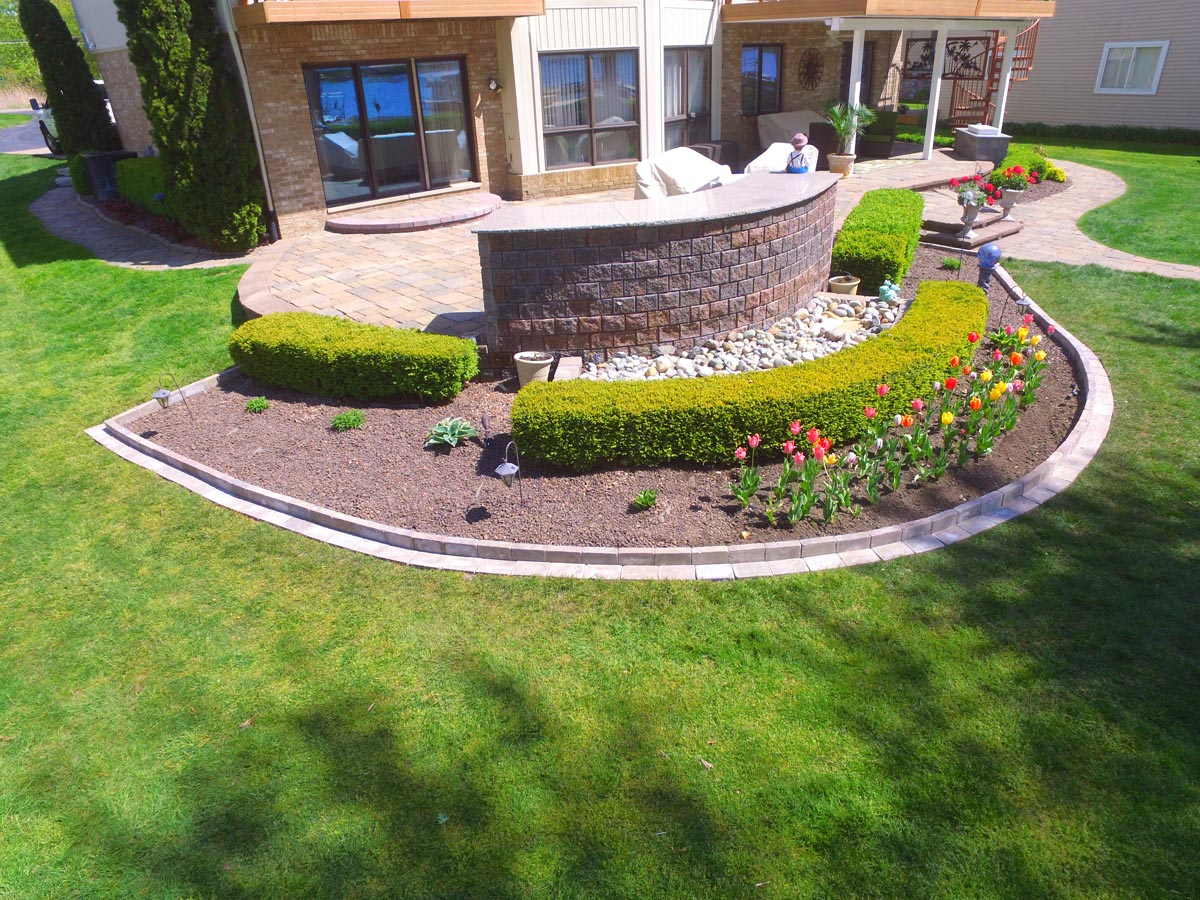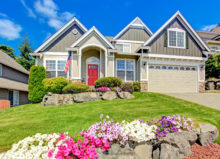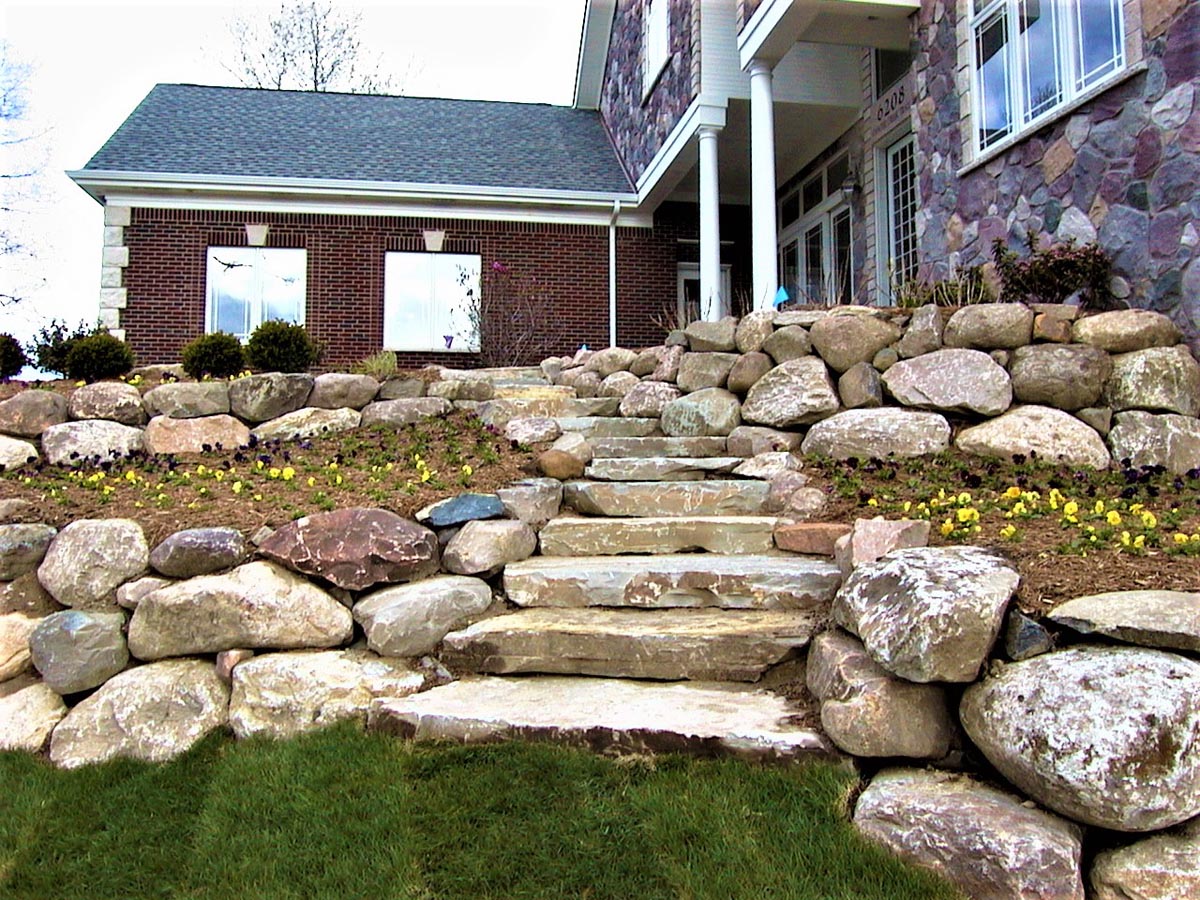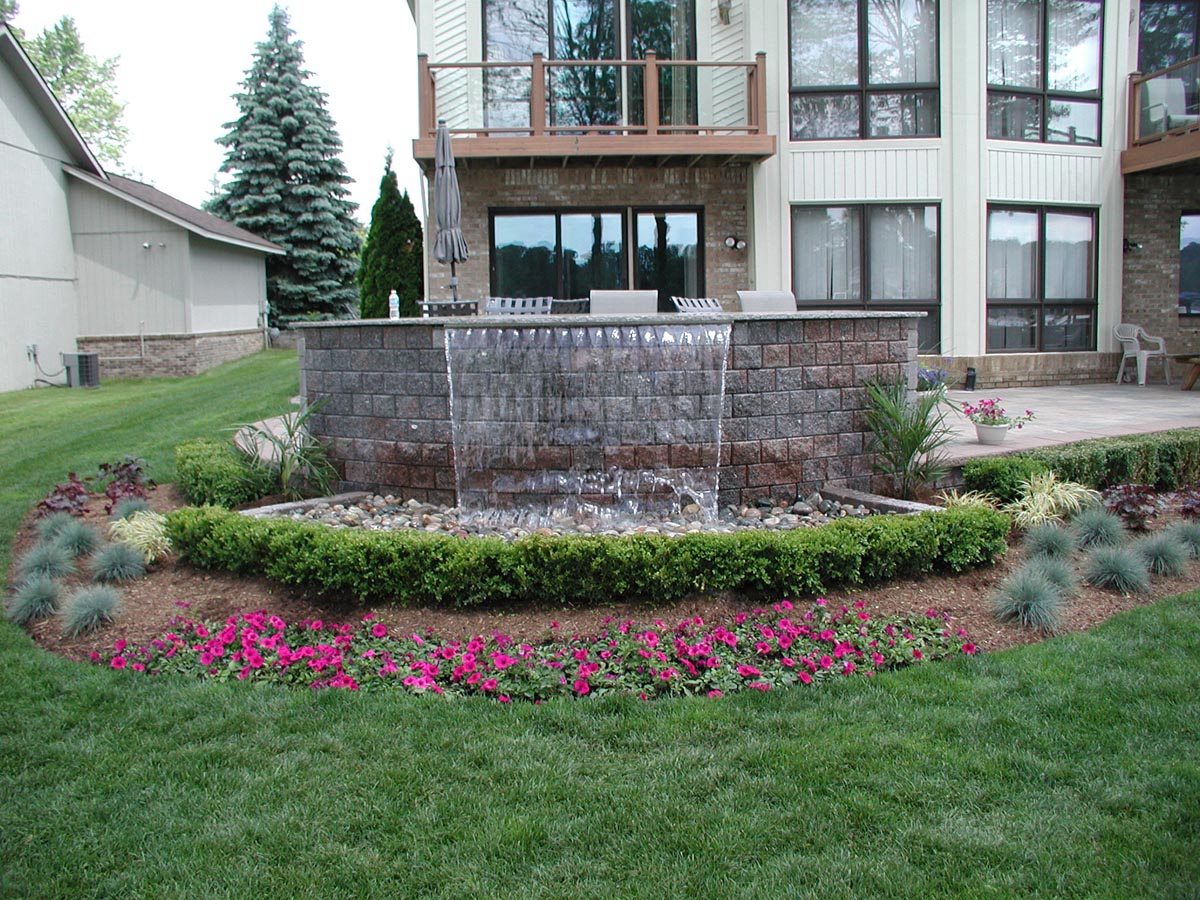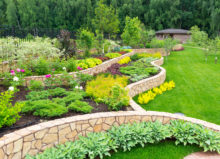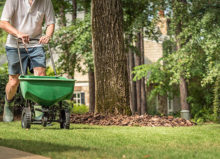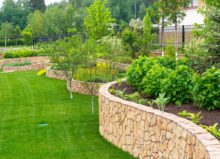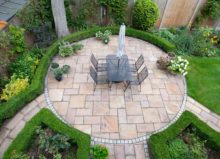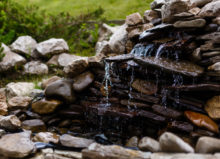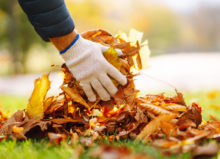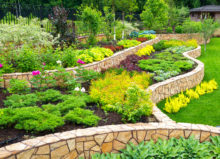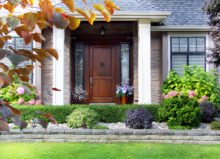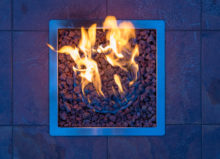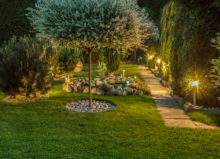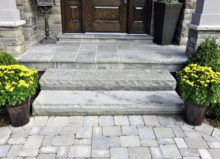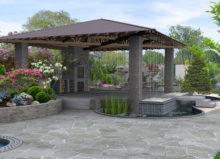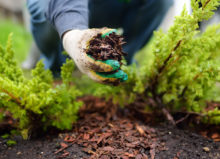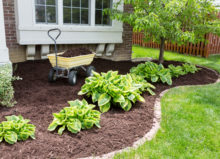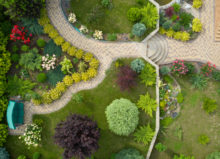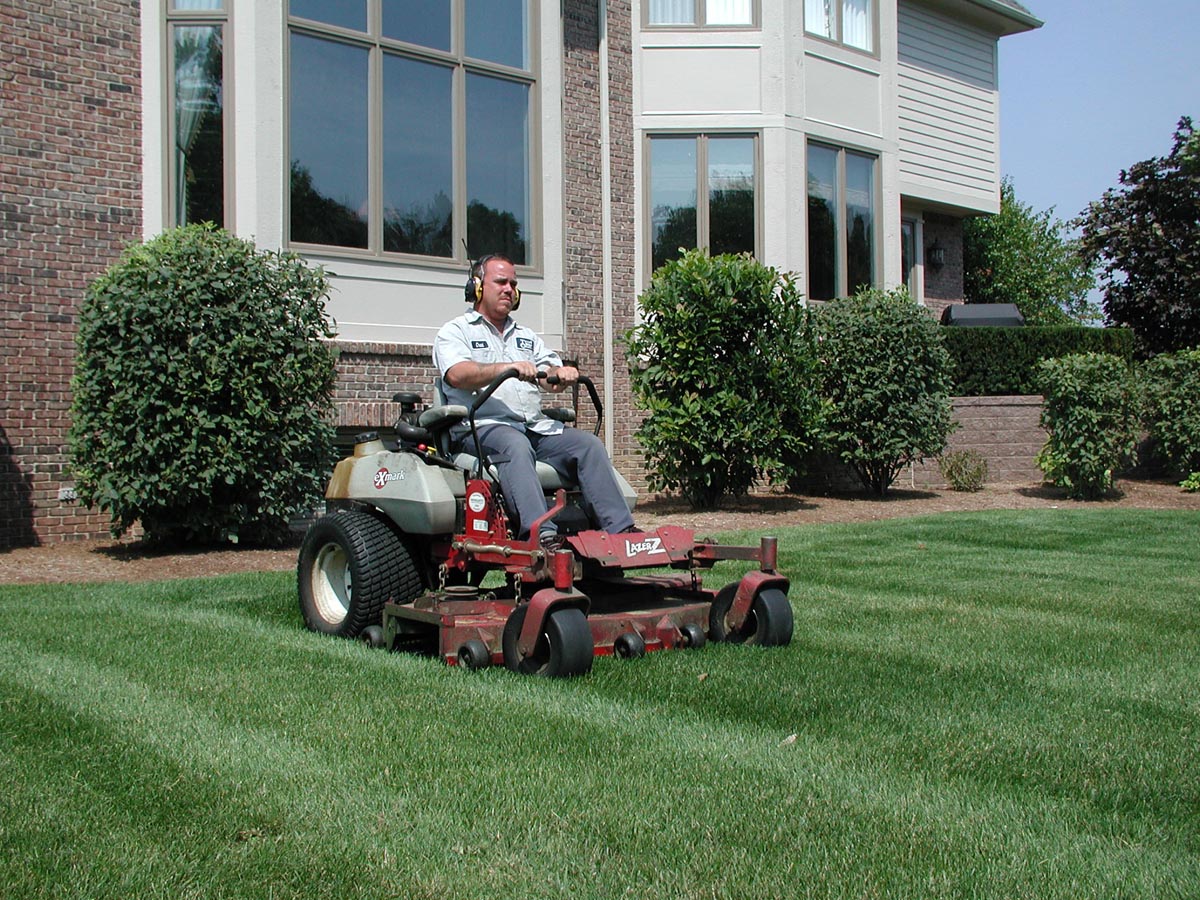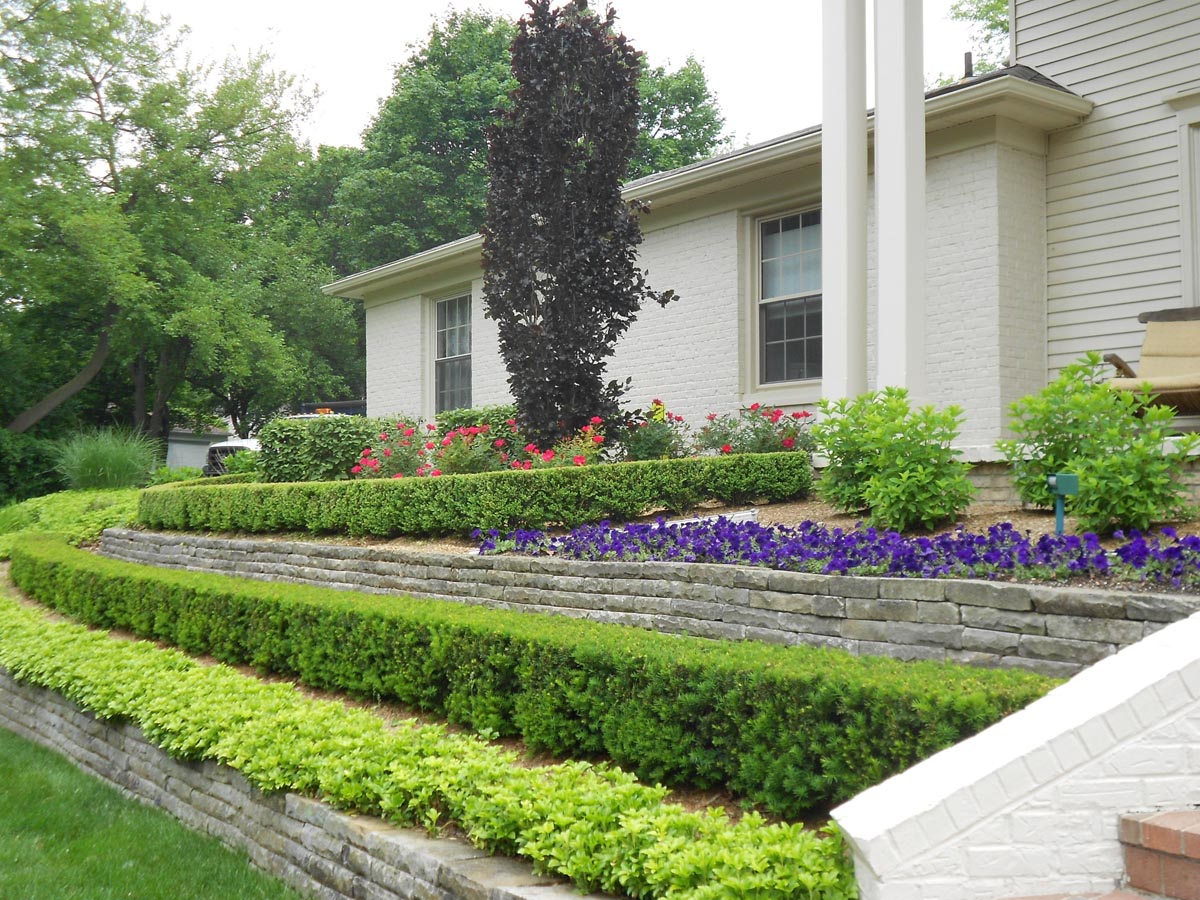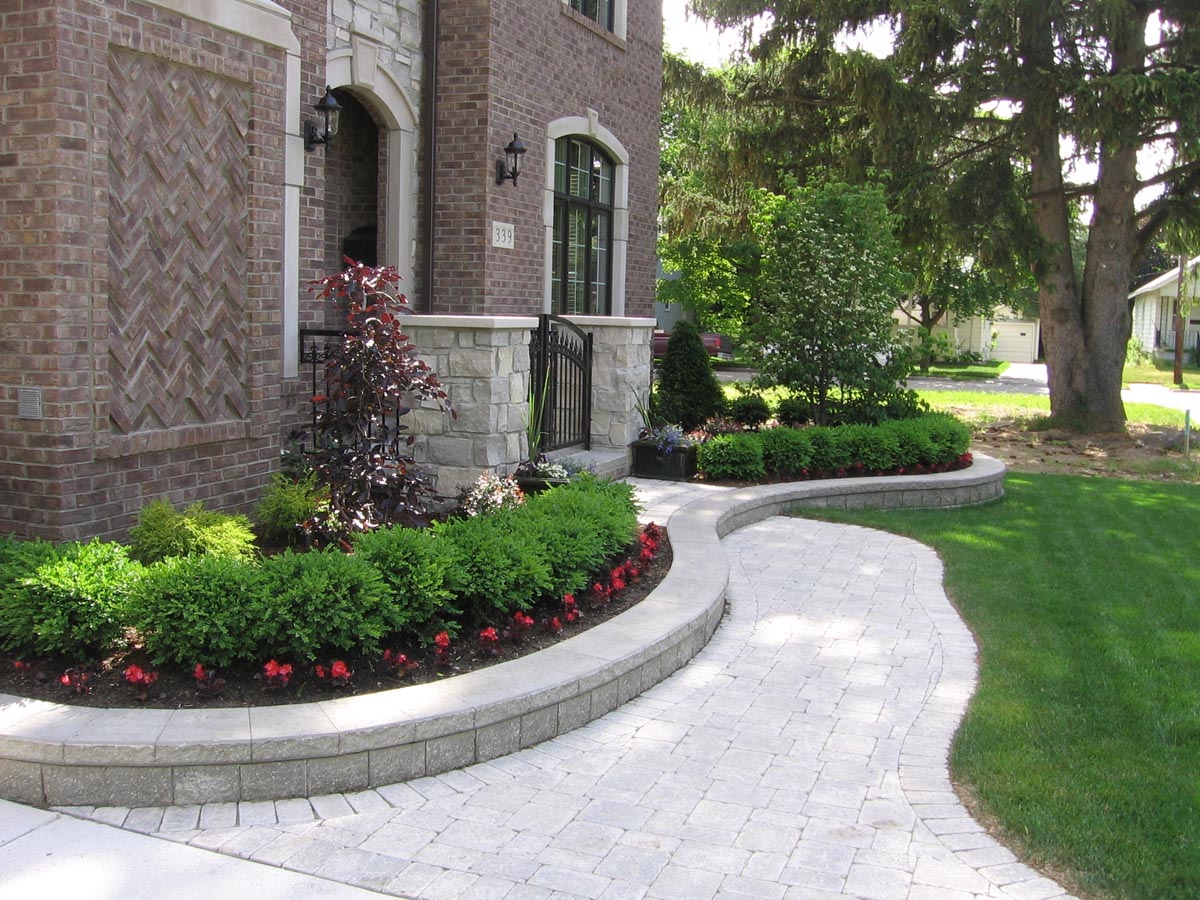Buyers Guide: Evaluating Mulch Options
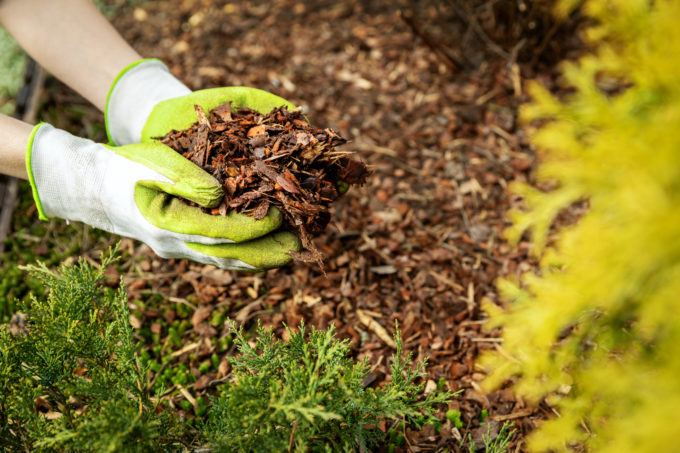
Because of the changing seasons, landscaping can feel like never-ending work in Michigan. Mulch is a common denominator during all the preparations you might make throughout each season. So, how do you know which one to buy and how to use it? You’ll find the answers to everything you need in our buyers’ guide: evaluating mulch options.
Benefits of Mulching
There are four main benefits of using mulch. Identify the benefits that are most important to you early on, so you can prioritize them when deciding which mulch to buy and how to use it.
1. Appearance
Mulch is commonly used in commercial spaces, parks and high-end homes to create a beautiful landscape. Because mulch comes in a variety of colors and sizes, it is easy to match the mulch to the exterior decor of a building or to complement the plants it protects.
2. Weed Control
Nothing ruins a beautiful landscape quite as much as weeds do. Most weeds are unattractive and all of them inhibit the growth of good plants because they compete for sunlight and nutrients. Mulch reduces how much sunlight penetrates the soil, which keeps weeds under control.
3. Soil Quality
Improving the soil quality facilitates immaculate lawns, healthy gardens and vibrant flowers. This may take a few seasons to accomplish, but the final results are well worth the wait. Be sure to use organic and biodegradable mulch if this is your primary goal.
4. Water Conservation
At the time of writing this article, nearly all of Michigan ranged from abnormally dry to severe drought. Mulch assists current water conservation efforts by preserving the existing moisture in the soil. It keeps mulched areas cooler and reduces the need for watering.
Types of Mulch Materials
Wood chips are a very common choice for both commercial and residential applications. Even so, mulch can be made from a wide range of materials that are underused, unused or left over.
1. Organic Material
If enriching the soil ranks at or near the top of the list, you’re in luck. Organic material is one of the most popular mulch options on the market. It is commonly made from vegetation waste, such as leaves, grass, straw and bark chips.
The general public prefers this type of mulch because it tends to be the most affordable. It is also one of the best types of mulch for the environment because these materials will break down over time and are good for the soil.
2. Compost Material
Compost material breaks down faster than organic material and delivers perfectly timed nutrients to the soil. As the name suggests, composted mulch comes from organic kitchen waste. These might include orange peels and apple cores.
This type of mulch is even more cost-effective because people can make it at home or on farms. It begins with creating a pile in the backyard and allowing the pile to “cook.” Some composters use specially made equipment for “cooking” and turning the mulch.
3. Ground Covers
Did you know you can grow plants that serve as mulch in your home? These ground cover plants offer the same benefits as traditional mulch. It is usually possible to buy these in local home improvement or gardening stores.
Ground cover mulch can grow out of hand, so consider carefully which ones might best suit your needs. Here are some common choices:
- Wild ginger
- Lady’s mantle
- Wintergreen
- Japanese spurge
- Bearberry
- Candytuft
4. Stone
Stone mulch makes a common appearance around water features and away from living gardens. This is because, while they can suppress weeds, they can create planting challenges. They can also create safety hazards on or near lawns as lawnmowers can send stones flying at high speeds.
Consequently, stone mulch is more commonly used in landscaping that involves fewer plants and more concrete or rocks. One of the best benefits of this mulch is that, because it does not decompose, there is much less maintenance involved.
5. Plastic
Plastic is one of the most harmful materials in the environment. According to the Peace Corps, it can take as much as 450 years for a plastic bottle to decompose. So, it might surprise you to find that plastic mulch makes a frequent appearance on farms.
Farmers use it to more efficiently suppress weeds that compete with their crops for nutrients and sunlight. While the plastic smothers the weeds, the crops grow through slots in the plastic created just for them.
6. Rubber
Rubber is another type of material that often gets a bad name in the environment. Rubber boot soles, for instance, can take up to 80 years to decompose. Nevertheless, rubber mulch is becoming increasingly popular.
Rubber mulch is an excellent middle-ground between stone and mulch made from organic or compost material. It provides almost all the same benefits, but it does not enrich the soil and does not need to be replaced. It is common in playgrounds and around grassy areas.
Mulch Colors
Mulch comes in a wide variety of colors that may or may not depend on the materials you choose. Color variations may range from black to blue to wood tones. It is worth noting that while dyed mulch looks beautiful next to your flowers or painted house, the dyes might not be healthy for the soil, your plants or the environment. Dyed mulches also tend to decompose at a much slower rate, so consider this if soil enrichment is a priority for you.
DIY Mulching vs Professional Mulching
Mulching is an easy DIY project to tackle around the home, but it can become time-consuming in commercial spaces. Even when it is an easy job, there are several reasons homeowners might prefer to rely on professionals, like our workers at Design One:
- Property owners or managers might not have the time to dedicate to mulching.
- The logistics of storing, transporting or distributing mulch might not be worth the hassle.
- Potential exposure to the elements and the risk of mulch going sour further complicates DIY mulching.
- Landscaping work can be hazardous, so leaving all aspects of it to professionals is a good safety practice.
- Professionals know how to get the right mulch type and the best quality for each situation.
- Professional results from mulching tend to outshine those from DIY projects.
Mulching Tips and Tricks
If you decide to mulch your property on your own, there are some tips and tricks that can make the process easier for you. These tips can also help you eliminate some of the hazards of mulching on your own:
- Choose the right mulch: Consider carefully what your priorities are. Then, choose the mulch that offers the most benefits with the fewest hazards.
- Pick a time: The best time to mulch in Michigan is during the spring and fall. It preps gardens for growth in the spring and protects them from freezing in the winter.
- Get the right tools: Once you choose your mulch, you’ll have a much better idea of what tools you need. This might include a pitchfork, wheelbarrow, rake and gloves.
- Give plants space: The mulch does not need to touch the plants. As a matter of fact, getting too close to the roots of trees can lead to decay and disease.
- Aim for three inches: Not sure how much mulch to use? For coarser and organic mulch, three inches should be enough.
Are you ready to tackle your mulching project? Contact our team at Design One Landscaping for a free estimate.


